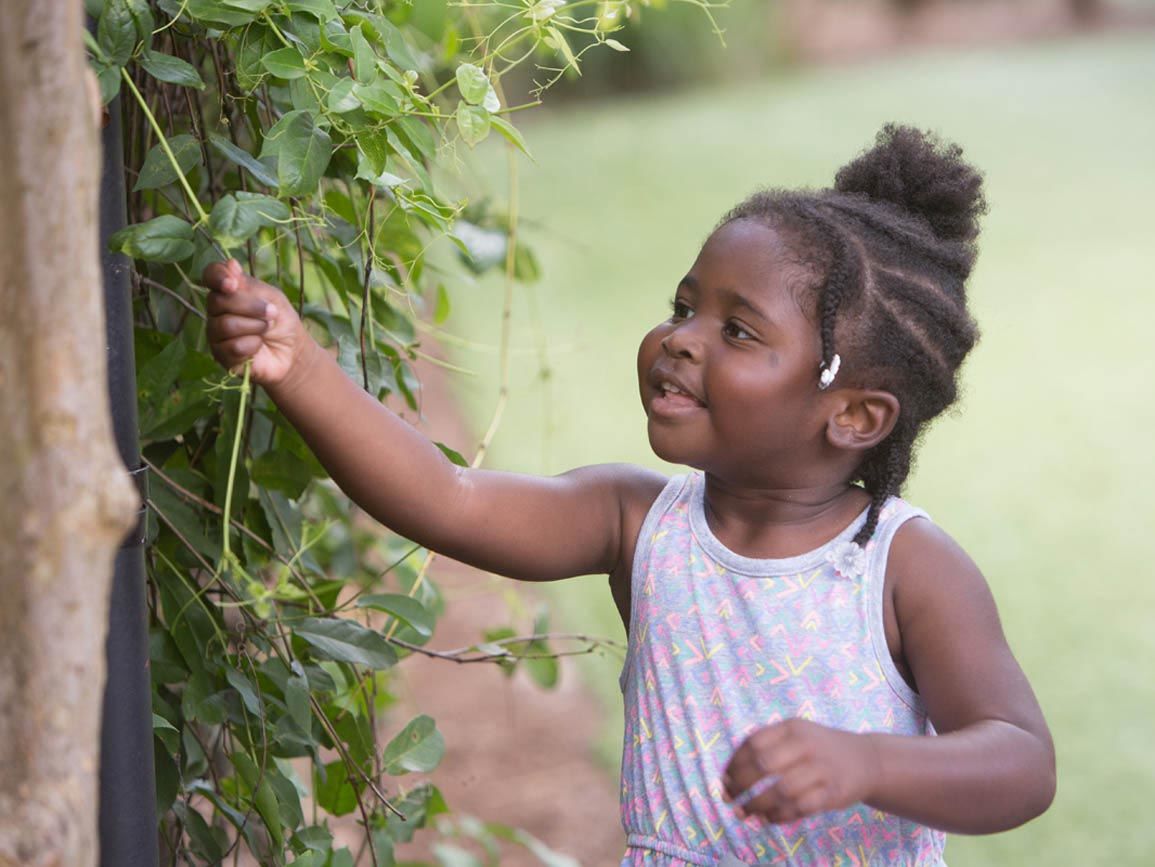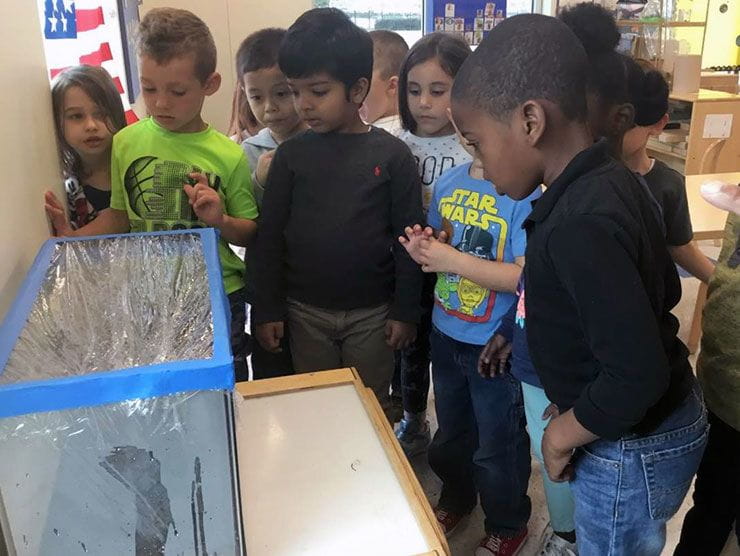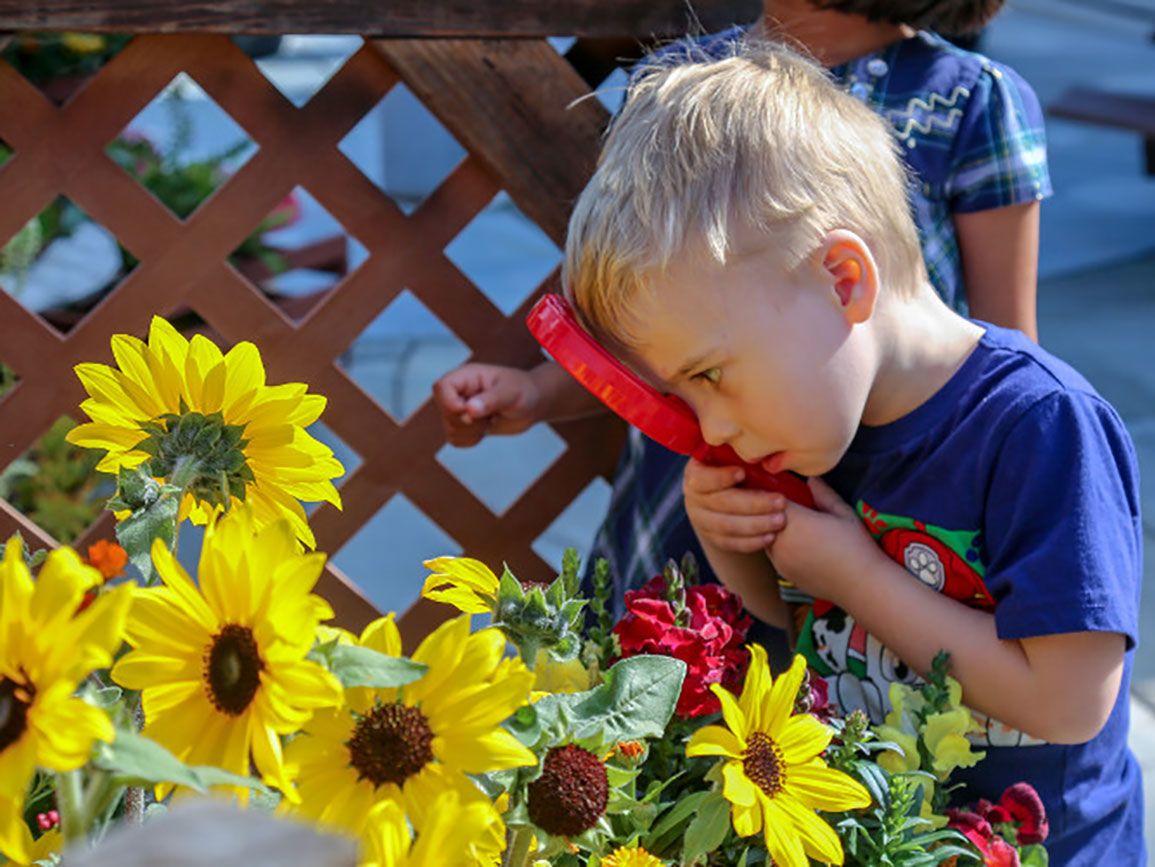The natural world offers an endless variety of STEM (science, technology, engineering, and math) experiences for kids. Try one of these low-cost, high-interest nature experiences with your child.
Nature Identification. We give time and attention to those things we care about. If we want today’s children to become adults who care about the planet, we must give them ample, intimate knowledge of nature. Go for frequent walks with your children. Use an app like the Audubon Bird Guide or Plant Finder to identify the plants and birds in your neighborhood.
Rock Sculptures. How about using the natural resources at hand to explore engineering concepts? Find smooth, flat stones of various sizes. Try stacking them to make sculptures. Roll acorns and pebbles down ramps made from boards and sticks. Make nature people and creatures from sticks, leaves, acorns, pebbles, shells, or other natural materials, all of which immerse your child in science, math, and engineering.
Play with Mud. Experience the sights, scents, sounds, and textures of the outdoors by making mud! Create individual mud pies and decorate them with natural items or collect small soil samples to investigate, compare, and contrast.
Fractal Hunt. Fractals are repeating patterns in which each small part resembles the larger whole. An example would be a stalk of broccoli: the tiny, individual florets mimic the whole stalk. Take a walk through your neighborhood to hunt for fractals. Consider flowers, such as yarrow or Queen Anne’s lace, deciduous trees, or even mountain ranges.
Plant a Family Tree. Planting a tree as a family, which integrates science and engineering, has both short-term and far-reaching rewards. The act of planting a tree itself is highly satisfying. Watching it grow and change is nothing short of miraculous. Thinking about its long-term impact helps children begin to see that actions have consequences. The Arbor Day Foundation offers free trees with a membership.
Conservationist Rachel Carson said, “If a child is to keep alive his inborn sense of wonder, he needs the companionship of at least one adult who can share it, rediscovering with him the joy, excitement, and mystery of the world we live in.” We hope you enjoy these nature-based STEM activities with your child.





